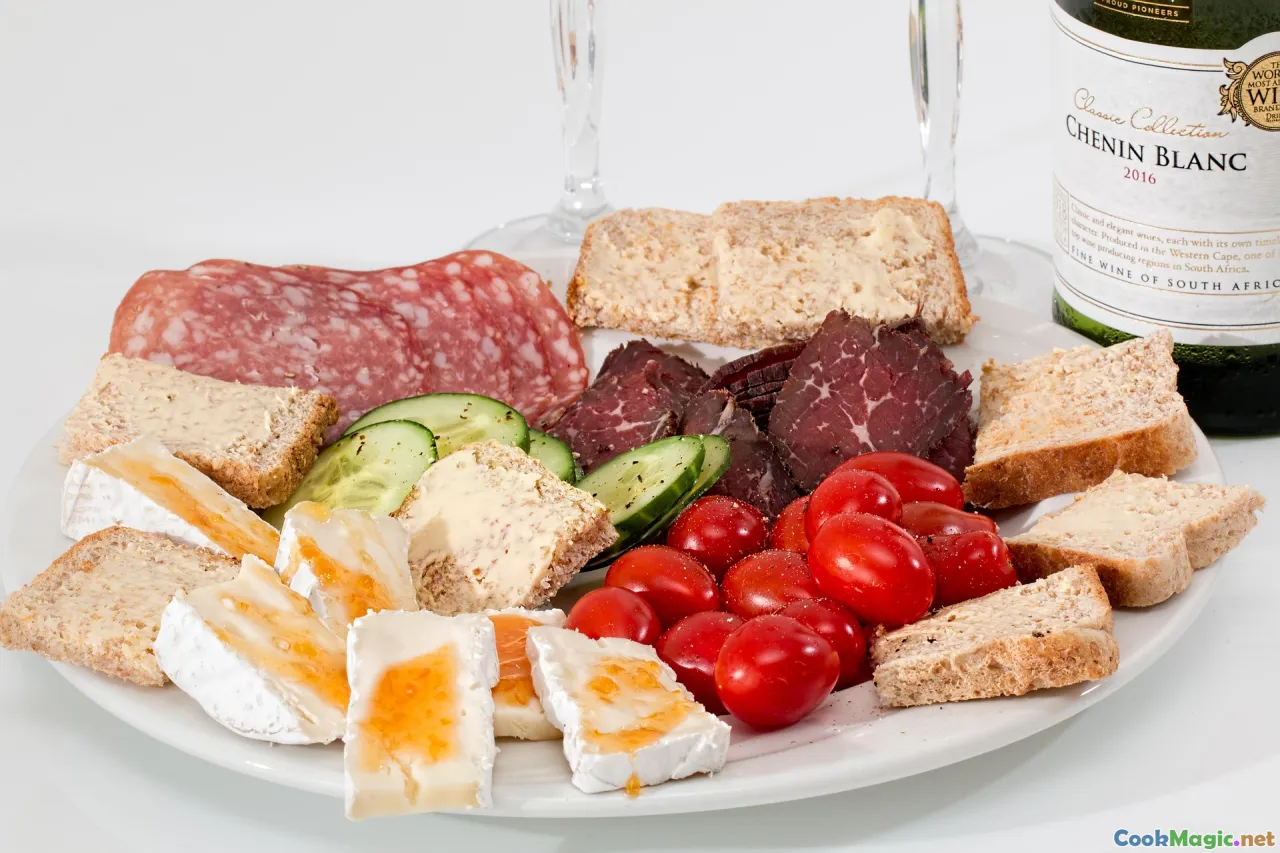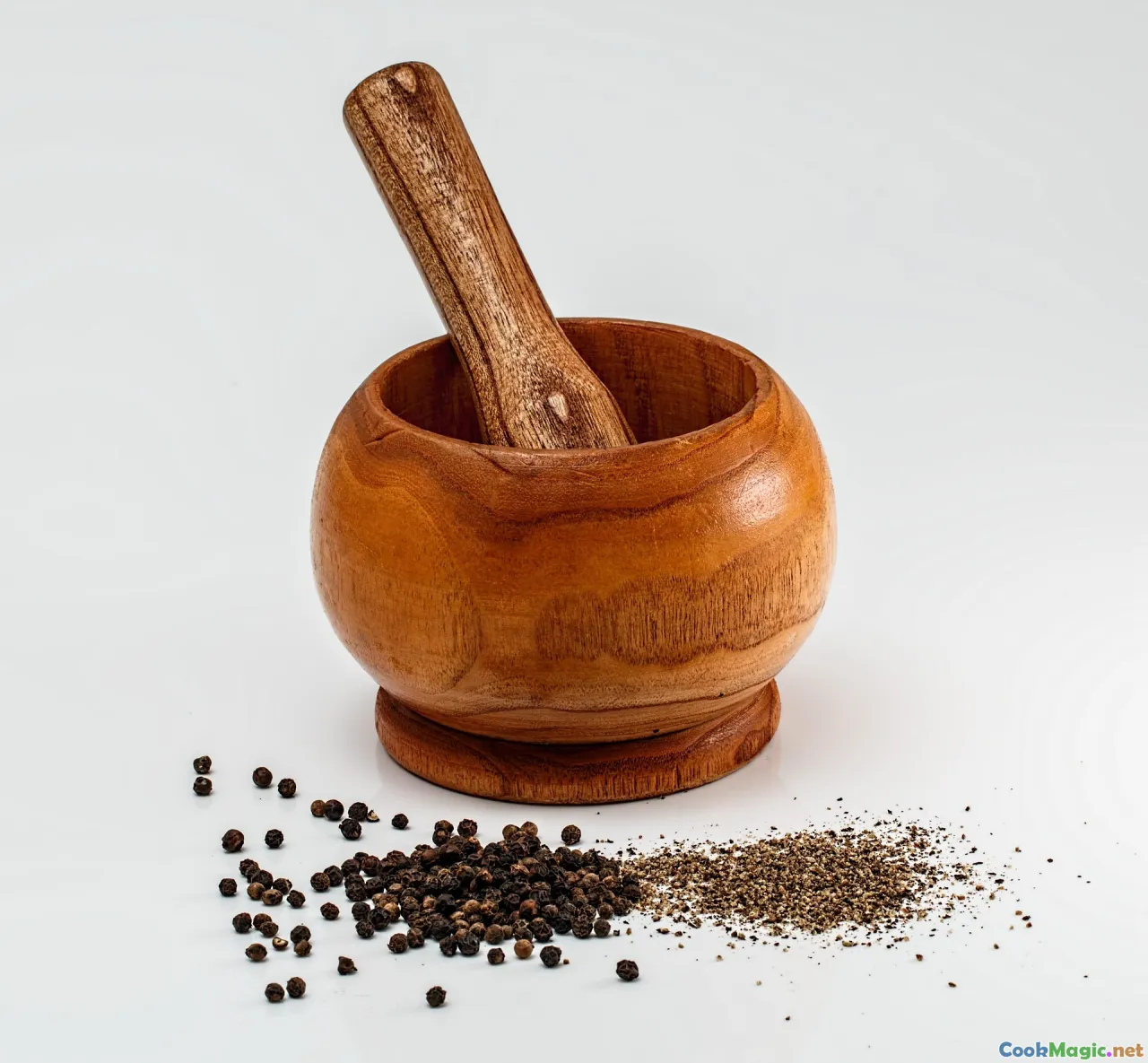Differences Between Tibs and Kitfo Explained
11 min read Explore the distinctive features of Tibs and Kitfo, two iconic Ethiopian dishes, highlighting ingredients, preparation, and cultural significance. August 01, 2025 09:05
A Cultural Feast for the Senses: Unraveling Taste and Tradition

Immerse yourself in the vibrant tapestry of Ethiopian cuisine, where every dish tells a story—rich with history, tradition, and heart. As you step into a bustling Addis Ababa restaurant or a cozy home nestled in the highlands, the air immediately fills with aromatic whispers of spices, sizzling meats, and fragrant butter. At the very core of this culinary landscape are two intriguing dishes: TibsandKitfo. Though often intertwined in conversation and platter, they are distinct characters with their own identity, flavor, and cultural significance. Embarking on this flavorful journey, we'll explore these Ethiopian treasures from every angle—tasting, preparing, and appreciating their unique roles in Ethiopian culture.
What Are Tibs? The Sizzle of Celebration

Tibs, derived from the Amharic word meaning “to fry” or “to sauté,” is a versatile emblem of Ethiopian home cooking and communal joy. Picture a vibrant oval platter piled high with tender chunks of lamb, beef, chicken, or goat, lightly fried with an array of vegetables, herbs, and spices. With each bite, you experience a harmonious blend of textures—succulent, lightly crispy edges paired with soft, savory interiors.
The Culinary Canvas of Tibs
Tibs are the cooks' playground; they embrace improvisation and seasonality. Commonly, thin slices or chunks of meat are fried or sautéed in a cast-iron pan or clay pot, infused with garlic, onion, ginger, and sometimes a splash of wine or traditional freshwater beer. Vegetables such as peppers, tomatoes, and carrots often join to create a colorful, fragrant medley.
Variations: From Spicy to Mild
Tibs can vary dramatically—ranging from spicy and chili-laden to mild, aromatic stews. At a traditional Injera house, the dark, smoky aroma of Siga Tibs(with smoky, charred meat) offers a more intense experience, whileAmbasha Tibs might be more delicate, with a subtle alignment of herbs.
Serving Rituals and Pairings
Tibs is typically served hot on a large platter, accompanied by injera—a spongy, sourdough flatbread—perfect for scooping the mixture directly with your hands. A side ofraw salad, kitfo, or ayib (Ethiopian cottage cheese) complements the dish.
Kitfo: Ethiopia’s Bold, Raw Heart

Contrasting Tibs’s lively sautéed profile, Kitfo embodies Ethiopia’s boldness—an iconic dish built on the raw, finely minced beef infused with spices and often served with special accompaniments. Named from the Amharic word for “minced,” Kitfo is a powerful expression of Ethiopian culinary art—raw, spicy, intensely flavorful.
The Art of Preparing Kitfo
Crafting authentic Kitfo demands a masterful balance. Everything begins with high-quality lean beef—carefully selected for freshness and marbled fat. The meat is minced until it reaches a finely granular yet fluffy consistency, akin to fine-ground salmon. Next comes the essential spice blend: mitmita (a fiery chili pepper mixture) andberbere (a blend of chili, garlic, ginger, and other spices), which is gently kneaded into the minced meat.
Variations and Personal Touches
Ethiopian households and restaurants may refine Kitfo in unique ways. Some prefer it raw (“Gored Gored”), served as an uncooked medley that’s spicy, juicy, and tender—a true test of both quality of meat and spice mastery. Others, especially for those wary of raw meat, opt for Lethorsetugo— lightly sautéed evenly over low fire until just warmed, preserving much of the original flavor while ensuring safety.
The Accompaniments and Eating Experience
Traditionally, Kitfo is served with ayib (Ethiopian cottage cheese), giving a cool, tangy counterpoint to the spicy meat. It also often comes with gomen (Ethiopian collard greens), injera, and a drizzle of niter kibbeh—a spiced clarified butter that envelops everything in fragrant richness.
Personal Insight: As a culinary observer, I’ve watched how Ethiopians approach Kitfo—not merely as a dish but as a reflection of their boldness and hospitality. The ritual of assembling fresh ingredients, mixing spices with reverence, and sharing among family or friends underscores its cultural importance.
Comparing and Contrasting: Texture, Flavor, and Cultural Significance
While Tibs and Kitfo share common ingredients—primarily beef—they diverge in their technique, flavor profile, and presentation.
Texture & Preparation
- Tibs: Cooked, often slightly charred edges, tender interior, with smoky and caramelized notes.
- Kitfo: Raw or lightly cooked, very finely chopped or minced, with a silky, sometimes slightly gritty texture when prepared authentically.
Flavor Profiles
- Tibs: Aromatic, savory, with hints of garlic, onion, and herbs. Variably spicy depending on chili incorporation.
- Kitfo: Boldly spicy and punchy, the dominant flavor of mitmita and berbere, offering a spicy tingling sensation with a silky richness from the fresh meat.
Cultural & Social Context
- Tibs: Versatile, often a communal dish for casual gatherings or holiday feasts.
- Kitfo: Traditionally prepared in special settings—weddings, religious festivals, or as a flagship dish symbolizing Ethiopian culinary pride.
Emotional and Personal Ties
Many Ethiopians regard Kitfo as a dish of pride, deeply woven into their identity. It is often associated with celebrations, rites of passage, and family traditions. Conversely, Tibs is more of an everyday comfort, reflecting warmth, community, and the art of improvisation.
How to Experience Real Ethiopian Tibs and Kitfo

To truly appreciate these dishes, visiting authentic Ethiopian eateries—whether in Ethiopia or Ethiopian restaurants abroad—is essential. Look for places that serve traditional injera alongside vibrant bowls of Tibs or a platter of homemade Kitfo.
A pivotal tip: observe the preparation! Many establishments prepare Tibs right at your table on a communal skillet, allowing you to witness the sizzling spectacle and aromatic flourish. For Kitfo, seek out places that serve it as Gored Gored if you prefer raw, or ask about their specific spice blends.
Personal tip: Engage with the chef or server about their spice mixes or traditional methods; Ethiopia’s culinary diversity means every region has its own twist.
Tips for Recreating Ethiopian Flavors at Home

While authentic kitfo and tibs are better experienced in their cultural context, recreating their essence at home is rewarding.
- Use fresh, high-quality beef—preferably lean cuts from a trusted butcher.
- Prepare or buy authentic berbere and mitmita spice blends, or make your own by blending chili powders, garlic, ginger, cardamom, and cinnamon.
- For Tibs, use a cast-iron skillet for that perfect smoky sear, and incorporate vegetables to balance richness.
- When making kitfo, ensure your meat is minced very finely—invest in a meat grinder or ask your butcher for freshly ground beef.
- Serve with injera, which can be bought frozen and heated, or try making your own with teff flour.
A Final Thought on Ethiopian Culinary Heart
Ethiopian dishes like Tibs and Kitfo symbolize more than just sustenance—they’re expressions of resilience, joy, and community. These dishes bridge generations and geographies, allowing all who taste them to partake in Ethiopia’s vibrant cultural narrative.
May your culinary exploration deepen your connection to Ethiopia's rich flavors and stories, encouraging a shared joy through every bite.









